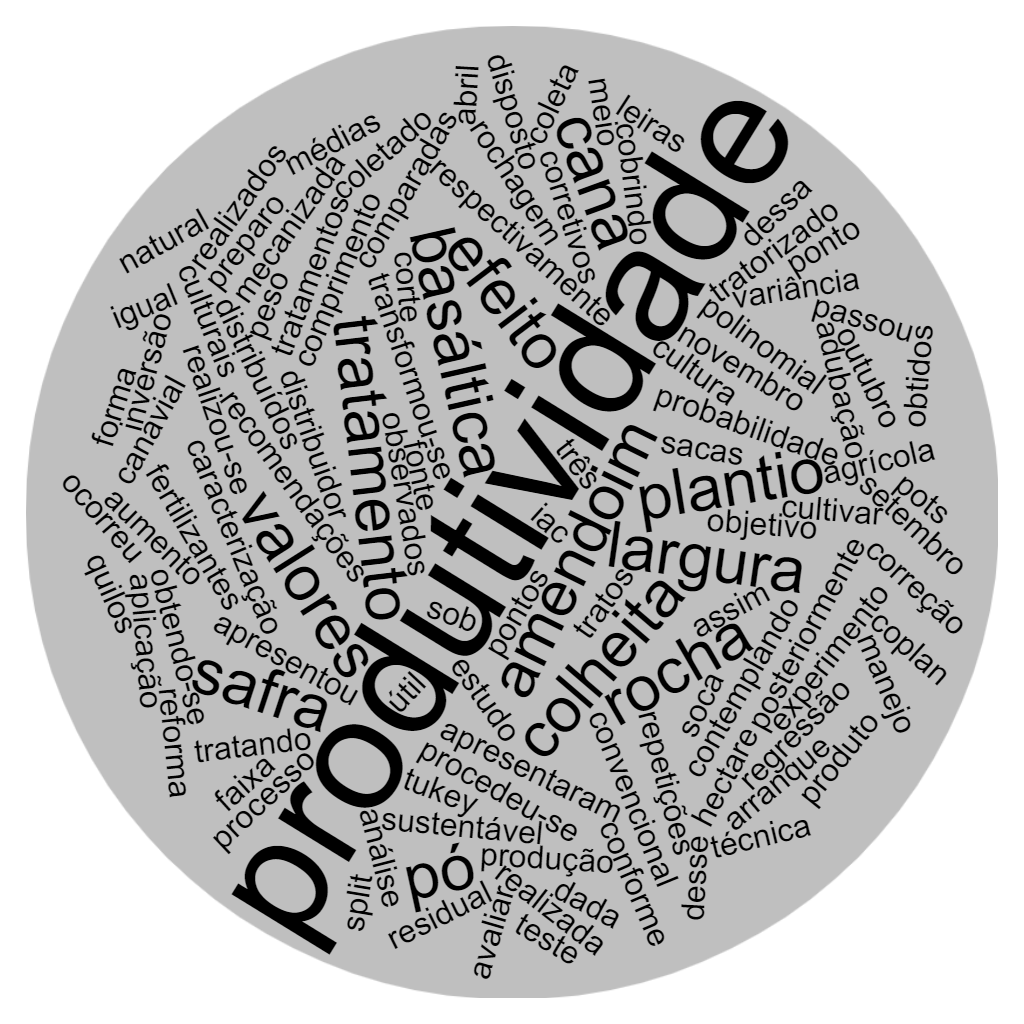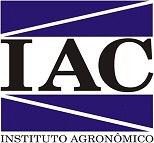Peanut yield under residual effect of basaltic rock powder in a sugarcane reform area
DOI:
https://doi.org/10.52755/sas.v2iedesp1.127Keywords:
Arachis hypogaea L., Silicate rock, Basalt, BioinputAbstract
The stonemeal technique is a sustainable process in agricultural production, dealing with soil management with a natural source product, such as basaltic rock dust. Thus, the aim of this study was to evaluate peanut yield under residual effect of Coplan basaltic rock dust (BRD) in a sugarcane reform area in the 2020/21 harvest. The experiment was arranged in strips (split pots), with a length of 60.0 m and width of 10.8 m, including three treatments: T1 - without PRB; T2 - 2.5 t ha-1 of PRB e; T3 - 5.0 t ha-1 of PRB, for each strip, with 10 collection points (repeats), distributed at 6 m each, obtaining, after analysis of variance, the means, which were compared by the Tukey Test, at 5% probability and polynomial regression for the effect of the doses. After characterization of the BRD, the application was carried out through a tractored corrective and fertilizer distributor, covering the width of the strips, carried out 10 days after the cutting of ratoon cane in the 2019/20 harvest, in september. After the harvest of this sugarcane, in october 2020, the area underwent conventional soil preparation. Peanuts were planted in november 2020, with the cultivar IAC 503, without correction and soil fertilization. The cultural treatments were carried out according to recommendations for the culture. After 160 days of planting, the start-up, inversion and harvest of the windrows were carried out, in April 2021, in a mechanized manner, obtained in the useful area of each point (6.0 m x 3.6 m), within the ranges, by treatment and, later, the collected weight was transformed into productivity, given per kilograms and sacks per hectare. It was observed that the treatment without BRD presented average yield values equal to 5,602.32 kg ha-1 and 224.10 sc ha-1 and, that the doses of 2.5 and 5.0 t ha-1 presented the average values yield of 7,354.63 and 7,421.76 kg ha-1, with 294.19 and 296.87 sc ha-1, respectively, with an increase of 24.51% in productivity.
Downloads

Downloads
Published
How to Cite
Issue
Section
License
Copyright (c) 2021 César Martoreli da Silveira, Gabriel Vinícius Lima de Souza, Carlos Roberto De Toffoli, Antônio Alexandre Bizão

This work is licensed under a Creative Commons Attribution-NonCommercial-ShareAlike 4.0 International License.
Autores concordam com os seguintes termos:
a) Os autores mantêm os direitos autorais e concedem à revista o direito de primeira publicação, com o trabalho simultaneamente licenciado sob a LicençaAttribution-NonCommercial-ShareAlike 4.0 International, que permite o compartilhamento do trabalho com reconhecimento da autoria e publicação inicial na Revista SAS. A licença permite o uso, a distribuição e a reprodução irrestrita, em qualquer meio, desde que devidamente citada a fonte. Essa licença permite também que outros remixem, adaptem e criem a partir do seu trabalho para fins não comerciais, desde que atribuam a você o devido crédito e que licenciem as novas criações sob termos idênticos.
b) Não cabe aos autores compensação financeira a qualquer título, por artigos ou resenhas publicados na South American Sciences.
c) Os conceitos expressos nos artigos publicados na South American Sciences são de inteira responsabilidade de seus autores.








